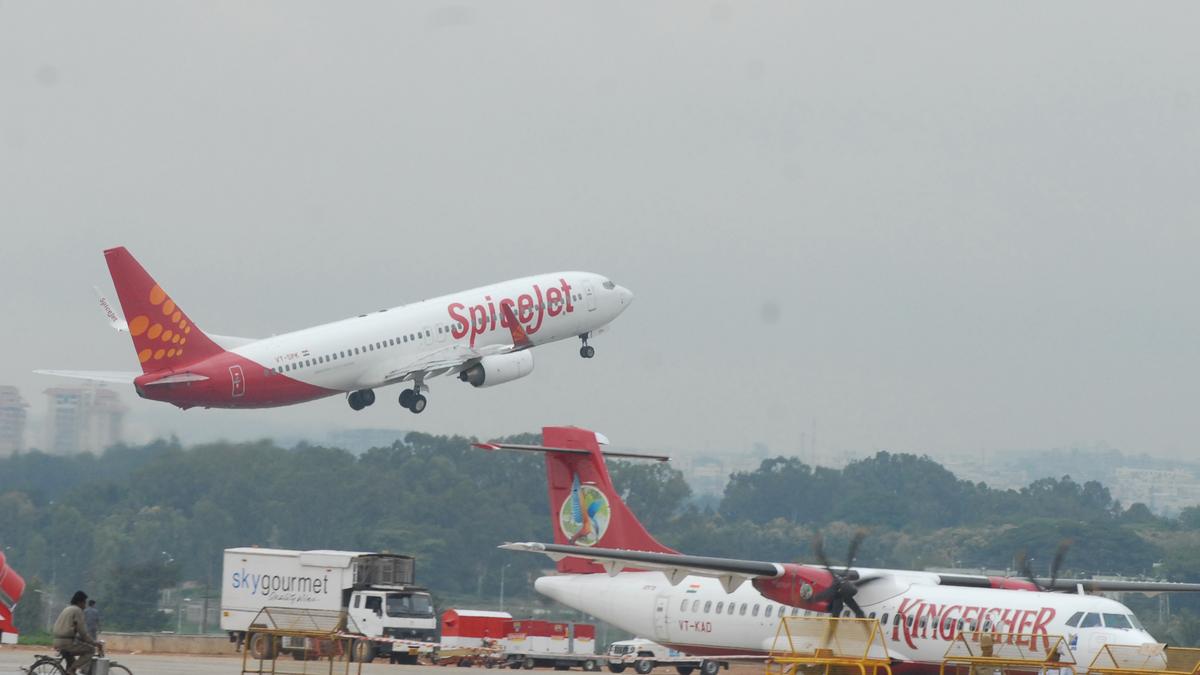Now Reading: HAL Chief Uninterested in Reopening HAL Airport
-
01
HAL Chief Uninterested in Reopening HAL Airport
HAL Chief Uninterested in Reopening HAL Airport

Quick Summary
- The Hindustan Aeronautics Limited (HAL) airport in Bengaluru has not hosted commercial flights as 2008, following the opening of Kempegowda International Airport (KIA) in Devanahalli.
- HAL chairman D.K. Sunil stated that reopening the airport for civil operations is not appealing from a revenue perspective.
- HAL currently uses the airport primarily for extensive testing of military aircraft such as light combat aircraft (LCA), advanced light helicopters (ALH), and light utility helicopters (LUH).
- A concession agreement between KIA’s operator BIAL and the Union government ensures no other airports within 150 km of KIA can operate commercial flights until may 2033.
- Some stakeholders held a meeting on April 15 in Delhi to discuss potential modalities to restart commercial flights at HAL airport, but there has been no concrete progress.
- The Karnataka government has announced plans for building a second international greenfield airport to address Bengaluru’s rising air traffic demands, with inspections already conducted by Airports Authority of India.
Indian Opinion Analysis
The debate over reopening HAL Airport reflects broader challenges in addressing urban infrastructure demands amid legal and contractual restrictions.While stakeholders argue its reopening could alleviate passenger congestion at Kempegowda International Airport, HAL’s defense-oriented usage prioritizes national security interests given heavy testing schedules involving critical military assets. Furthermore, an agreement barring civil aviation operations until 2033 complicates reopening efforts unless renegotiated.
With Karnataka proposing a new greenfield airport instead of revisiting old avenues like HAL Airport’s revival, it signals long-term infrastructural planning yet faces potential hurdles such as land acquisition and environmental clearances. Addressing Bengaluru’s growing demand would need streamlined coordination among all parties-government bodies,defense entities like HAL,local stakeholders-to balance economic development with strategic priorities.
Read More: Click here























